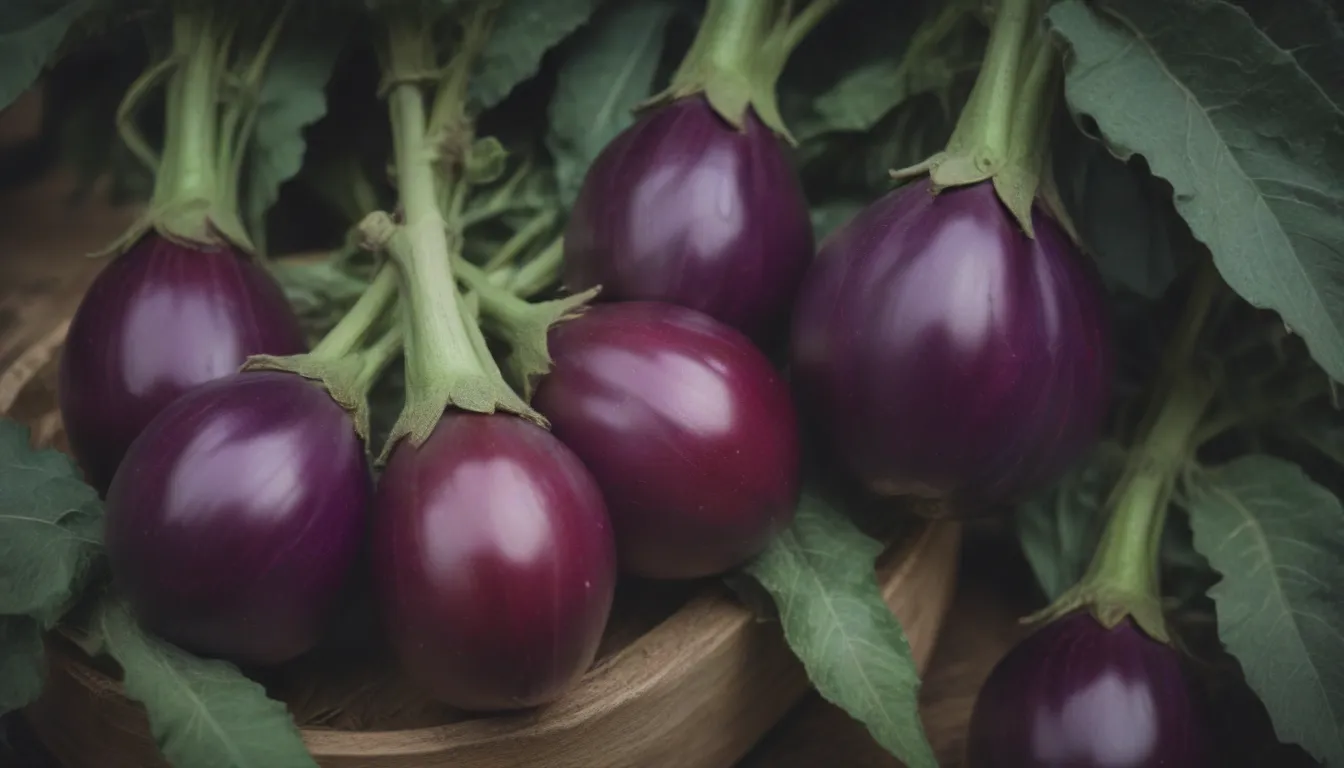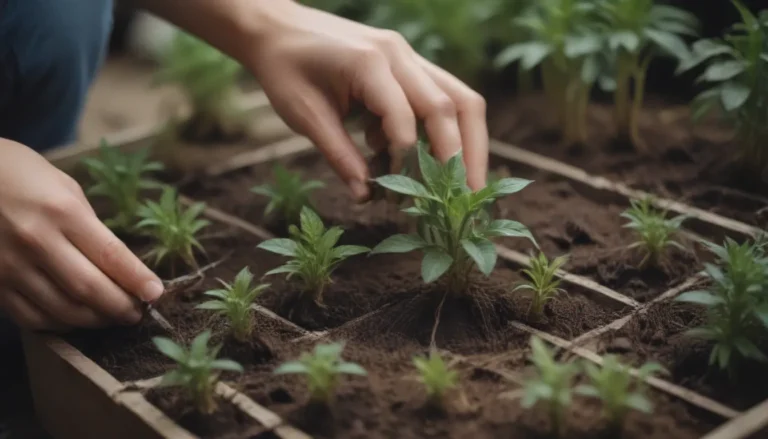A Comprehensive Guide on Harvesting Eggplant for Optimal Results

You’ve worked hard in your garden all season long, nurturing your eggplants to perfection. Now, it’s time to reap the rewards of your efforts. Harvesting eggplant at the right time is crucial to enjoy the best taste and texture. In this in-depth guide, we’ll explore everything you need to know about when and how to harvest eggplant to achieve perfectly ripe picks every time.
Understanding When to Harvest Eggplant
The timing of when to harvest eggplant varies depending on several factors such as the variety you’re growing, your geographical location, and the planting method. Typically, eggplants are ready to be picked by midsummer. You can expect to harvest eggplant 65 to 80 days after transplanting seedlings or 100 to 120 days after planting seeds directly in the ground. It’s essential to check the seed packet for specific days-to-harvest information for your particular variety.
Signs of Ripe Eggplant
While we often associate ripe produce with full maturity, eggplants are best harvested before they reach full maturity for optimal taste and texture. Here are some key indicators that your eggplant is ready to be picked:
- Eggplants should be full-sized, unless you’re growing baby eggplants, which can be harvested when they’re as small as 3 inches long.
- Look for shiny skin and consistent coloring.
- A gentle press of a fingernail should leave a small indent in the skin.
Avoid leaving eggplants on the plant for too long, as overripe fruits will have dull skin with a brownish hue and tough, bitter flesh. To maintain tender and flavorful eggplants, harvest them as soon as they reach their full size.
Proper Harvesting Techniques
When your eggplants are ripe and ready for picking, it’s time to harvest them correctly to preserve their quality. Unlike tomatoes that easily twist off the vine, eggplants have a thick stem that needs to be cut. Use sharp scissors or garden shears to remove fruits from the plant, making the cut about an inch up from the calyx (the small green cap at the end). Ensure you leave the calyx intact on each fruit. Some eggplant varieties have thorns, so wearing gardening gloves is advisable to protect your hands.
Make it a habit to check your eggplants a couple of times a week for ripe fruits, as frequent harvesting will encourage more production from your plants.
Storage Tips for Fresh Eggplants
Proper storage is essential to maintain the freshness and quality of your harvested eggplants. Unlike some other vegetables, eggplants prefer to be stored at around 50 degrees Fahrenheit, which is slightly warmer than a typical refrigerator temperature. Refrigerating eggplants for an extended period can lead to chilling injury, characterized by light brown spots on the skin.
If you have a cool, well-ventilated space like a cellar or garage, store your eggplants there in an open paper bag for a day or two before use. If refrigeration is necessary, keep the eggplants in a plastic bag or wrap them in a damp cloth to protect them from the drying air in the fridge. It’s best to use refrigerated eggplants within four to five days to prevent chilling injury, though Chinese and Japanese eggplant varieties may last a bit longer.
By following these guidelines on harvesting and storing eggplant, you can enjoy fresh and flavorful produce from your garden all season long.
Additional Tips for Growing Eggplants
In addition to harvesting and storing, there are some other essential considerations for growing eggplants successfully. Here are a few extra tips to help you cultivate healthy and productive eggplants:
- Proper Watering: Eggplants thrive in well-drained soil, so be mindful not to overwater them. Keep the soil consistently moist but not waterlogged to prevent root rot.
- Fertilization: Feed your eggplants with a balanced fertilizer to promote healthy growth and fruit development. Avoid excessive nitrogen, which can lead to lush foliage at the expense of fruit production.
- Pest Control: Keep an eye out for common eggplant pests such as aphids, flea beetles, and spider mites. Consider using natural pest control methods or insecticidal soaps to manage infestations.
- Support Structures: Many eggplant varieties benefit from staking or trellising to support their heavy fruit. Provide sturdy support structures to prevent branches from breaking under the weight of the fruit.
- Crop Rotation: To prevent disease buildup in the soil, rotate your eggplants with other crops in the Solanaceae family, such as tomatoes and peppers, every season.
By incorporating these tips into your eggplant growing routine, you can cultivate robust plants and enjoy a bountiful harvest of fresh, flavorful eggplants.
Conclusion
Harvesting eggplant at the right time and using proper storage techniques are essential for enjoying the best taste and quality from your homegrown produce. By following the guidelines in this comprehensive guide, you’ll be equipped with the knowledge and techniques to harvest perfect eggplants every time. Remember to monitor your plants regularly, harvest ripe fruits promptly, and store them correctly to preserve their freshness and flavor. With a little care and attention, you’ll be rewarded with a plentiful supply of delicious eggplants from your garden. Happy harvesting!





